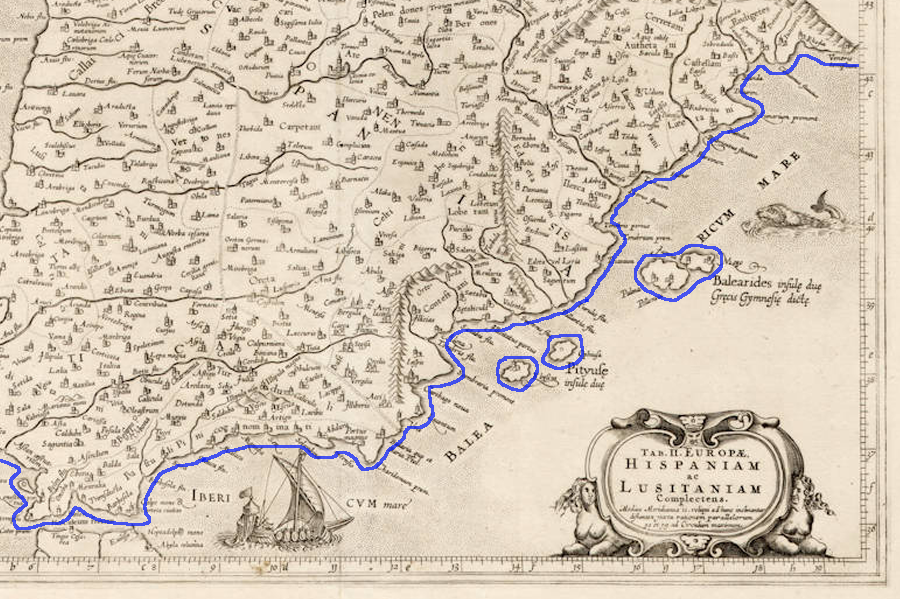The 12 nautical miles (nm) territorial sea rule has become crucial to international maritime regulations since its establishment in the mid-20th century. The concept of territorial waters originated in the 17th century but only gained broad acceptance after World War II.
This article delves into the development of the 12 nm rule, its role in maritime regulations, and its effects on vessels operating within a nation’s territorial waters.
Evolution of the 12 Nautical Mile Rule
The idea of a territorial sea emerged in the 17th century when European nations claimed sovereignty over adjacent waters to safeguard their trading interests. However, the extent of these territorial seas was vague and inconsistent.
After World War II, the United States suggested a 12 nm limit during the 1945 United Nations Conference on the Law of the Sea, emphasizing that nations should control adjacent waters to protect their security and economic interests. This limit was formally adopted as an international standard in 1958 with the Geneva Convention on the Territorial Sea and the Contiguous Zone.
Currently, the United Nations Convention on the Law of the Sea supports this rule, and it has been ratified by more than 150 nations. This highlights the strategic importance of these waters for economic, security, and resource management purposes.
Navigating Borders and Flag State Rules
When sailing within a nation’s 12-mile zone, the rules and regulations of that country apply, creating a distinction between flag state regulations and territorial waters. In essence, vessels must conform to the rules and regulations of the country whose waters they are navigating.
Each nation has specific requirements for operating a vessel, meaning the vessel operator must possess a valid operating licence, whether for recreational or commercial use.
The requirements for operating a commercially registered vessel differ from those for a recreational vessel. In most countries, an International Certificate of Competence (ICC) is deemed acceptable for recreational vessels. However, commercial vessels are subject to stricter requirements, and their operating licence must meet STCW standards.
This can be compared to the situation with vehicles, where a truck driver has a different licence than a bus driver, who is responsible for transporting a certain number of passengers.
Compliance within the 12 Nautical Mile Zone
Maritime professionals and vessel operators must understand the nuances of territorial waters and the regulations governing them. Each nation may have different requirements and restrictions that impact vessel operations, making it essential to be aware of these rules before entering a specific country’s waters. Ensuring that vessels comply with local regulations will not only prevent legal issues, but also contribute to the safety and environmental sustainability of the marine industry.
For instance, if a sailing vessel commercially registered in Italy operates from Santa Eulalia, Ibiza, the charter company must obtain a commercial operating licence from the local maritime authorities in Ibiza. Noncompliance may lead to penalties such as fines.
In conclusion, vessels must follow the rules and regulations within the 12 nm territorial waters, irrespective of their flag state. By complying with these rules, they can avoid violating national laws and incurring fines or penalties.
Understanding and respecting the 12 nm rule is essential for vessels navigating international waters, ensuring smooth operations and adherence to international maritime law.


